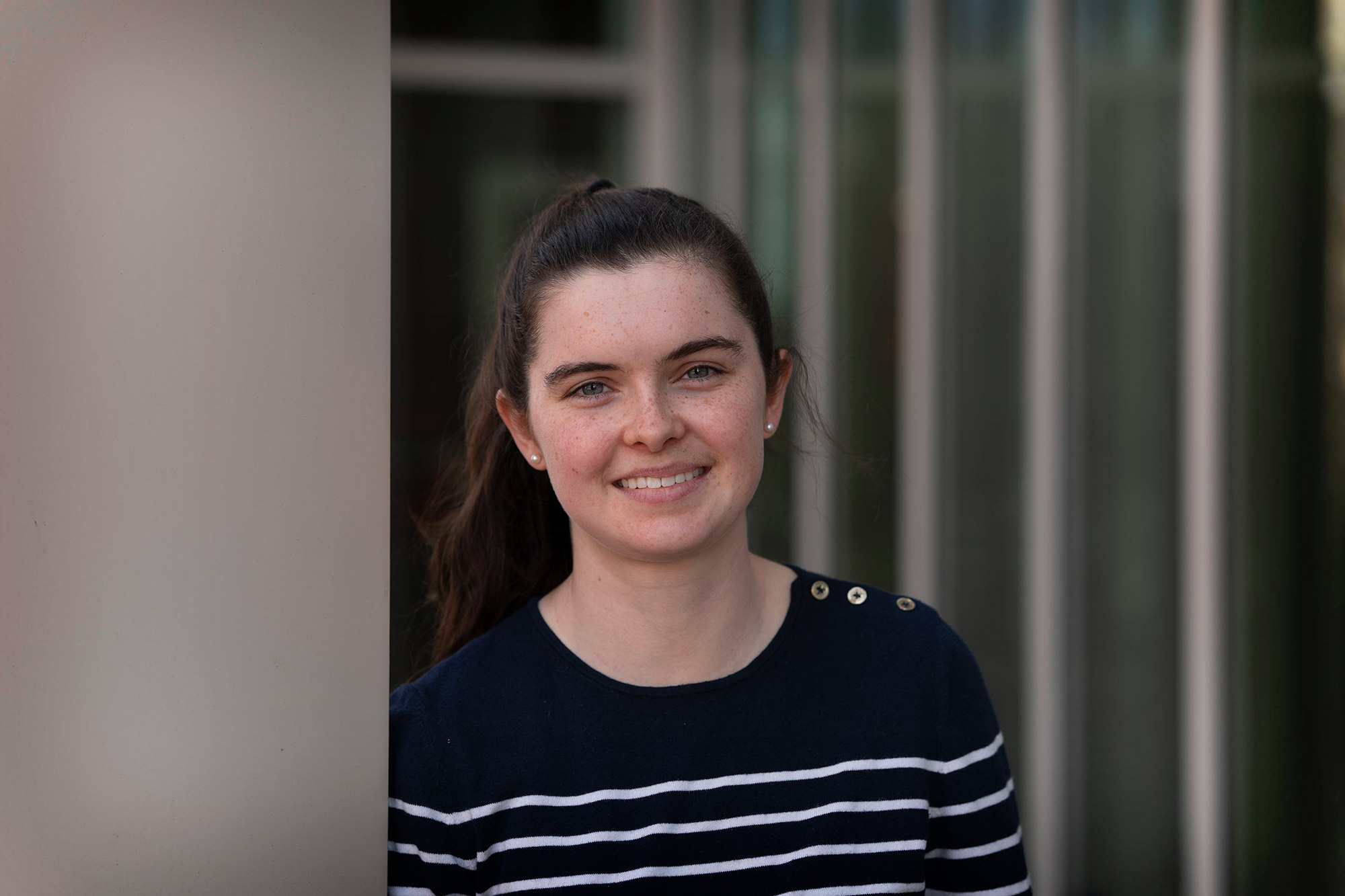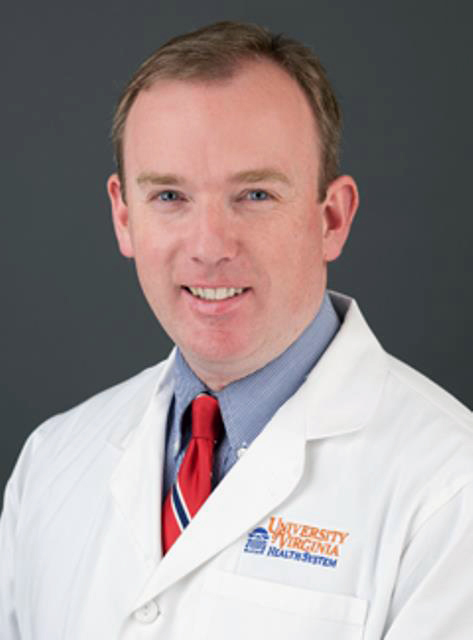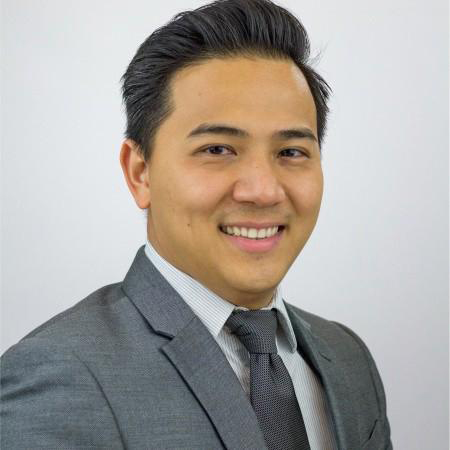Class of ’23: UVA Developed AI To Spot Early Sepsis. 2 Undergrads Helped Lead the Way

Zachery Boner and Louisa Edwards worked on an AI project that could help reduce the leading cause of death in hospitals. (Illustration by Emily Faith Morgan, University Communications)
Perhaps only at the University of Virginia can undergraduate students who aren’t pre-med not only learn from medical doctors, but also contribute to their work as colleagues.
During their time here, two students who graduate this May, Louisa Edwards and Zachery Boner, did just that. They were part of the team that developed the framework for an artificially intelligent sepsis monitor.
The tool may help doctors get ahead of life-threatening bloodstream infections by helping them to spot the likelihood, based on a patient’s changing condition, well in advance.
“One of my favorite experiences at UVA was shadowing in the intensive care unit, where I got to observe and interact with physicians treating the patients our research is designed to help,” said Edwards, a fourth-year applied statistics major from Evanston, Illinois. “The experience gave me an entirely new perspective on our research, its potential, and what we can improve to make our models more clinically viable.”
Edwards and Boner, a computer science and mathematics major from Purcellville, spent the better part of the last two years – essentially, half their time at UVA – on the critical care project.
Sepsis is the leading cause of death in hospitals. The condition can quickly spiral into shock, shutting down vital organs. Each year, 1.7 million Americans develop the condition, and 270,000 die. Worldwide, the toll is 11 million victims annually, or 1 in 5 deaths.
UVA hopes that its AI will be reading and analyzing real-time clinical data in the not-too-distant future, helping care providers home in on the insidious processes as they develop.

Edwards is an applied statistics major from Evanston, Illinois, who worked on making the AI’s decisions explainable to clinicians. (Photo by Dan Addison, University Communications)
“Patients in the ICU tend to have a lot of instrumentation with tubes and lines, which makes them vulnerable to infections, such as pneumonia and urinary tract infection,” said Dr. Christopher Moore, the UVA Health infectious disease expert leading the medical side of the AI project. Those localized problems can result in bloodstream infection and sepsis.
“So, ideally, you’d like for that not to happen. But if it is going to happen, you’d like to know about it early rather than late, in order to try to prevent its occurrence.”
The Team Behind the Tool
Moore has spent much of his career looking for ways to battle sepsis. Recognizing the diagnostic potential of AI, he sought to collaborate with UVA experts.
He phoned a friend, UVA Engineering’s Rich Nguyen.
Nguyen, an assistant professor in the Department of Computer Science, who also has an appointment in the School of Data Science, specializes in AI. He put together the cross-disciplinary team.
“We’re aiming in this collaboration for the computer scientists and the data scientists to be embedded into the clinical settings,” Nguyen said.
The two fourth-year students have served as his research assistants.

Boner is a computer science and mathematics major from Purcellville who wrote his first scholarly paper on the project. (Photo by Dan Addison, University Communications)
Edwards, the statistics major, is minoring in computer science and social entrepreneurship. Boner, a Rodman Scholar, gained experience as a software research intern and as an extern with Cisco before starting on the sepsis project.
As part of their work, the students spent time in the medical ICU, making rounds with medical teams under the direction of Drs. Taison Bell and Kyle Enfield.
Behind the computer, “The team has developed a data engineering pipeline,” Nguyen said. “They perform statistical and computational analysis on large-scale clinical data, which allows for fast experimentation with different machine learning models.”
The team also includes Joy Qiu, a 2020 School of Data Science alumna, who works at the Center for Advanced Medical Analytics in the UVA School of Medicine.
Computer science alumni Matthew Pillari, a 2022 graduate, and Navid Jahromi, a 2021 graduate, were previously on the project. Pillari is now a machine learning engineer at Imagen, while Jahromi is a software engineer at Palantir Technologies.
What the AI Is Learning
It’s important to note that no health care decisions have yet been made based on the tool.
That’s because the AI is still learning. And in order to learn, the AI is dipping into a vast archive of biometrics. The data is essentially played back, as if in real time, starting with the beginning of a patient’s stay.

Dr. Christopher Moore has been on a longstanding mission to rid ICUs of sepsis. (UVA Health photo)
“We’re feeding the AI a bunch of datasets,” Boner said. “The model is learning to match those data to tell us either, yes, the patient had bloodstream infection, or no, they didn’t have bloodstream infection. We have that ground truth from the medical records. And, so, the AI is learning patterns in the time series that we have, and patterns in the way that a patient’s condition is changing over time, that might suggest bloodstream infection.”
The effort is looking closely at specific types of patients, such as transplant recipients, because they can have differing physiological responses to infection, Moore said.
That’s resulted in some new discoveries.
“Transplant patients are immunocompromised,” the doctor explained. “That’s due to receiving anti-rejection medicines. They are thought to not mount the same clinical signature of physiological response to infection as immunocompetent patients.
“Our data suggest that they do, in fact, mount a robust response. But it’s likely not the same response as an immunocompetent patient. This finding may help us better identify bloodstream infections in this patient population.”
One dilemma for doctors caring for transplant patients is intervention versus risk. Overuse of antibiotics, for example, can lead to antibiotic resistance and other unintended effects.
Having AI that can read the nuanced differences among individuals would allow for better-informed, more personalized care.
Students Learn as They Contribute
Like the technology itself, the students have been doing a lot of deep learning.
Edwards said she learned about the challenges associated with using AI in medicine. Being able to gain the direct insights of doctors and other medical professionals boosted her own understanding, she said. In turn, she hopes that translates to the tool.
“Within our research, I focus specifically on explainable artificial intelligence,” she said. “‘Explainability’ refers to an AI model’s ability to explain its behavior in human terms. Many of the most powerful machine learning models are so complex that the way they make predictions isn’t clearly understood. Explainability is critical for building trust in a machine learning model, and it’s especially important in a clinical setting where lives are at stake.”
She added that, no matter where her career ends up taking her, she hopes to continue “working at the intersection of technology and social impact.”

UVA Engineering’s Rich Nguyen believes embedded computer and data scientists are part of the solution to more individualized patient care. (UVA Data Science photo)
Boner, in addition to contributing to the AI’s deep-learning layers, wrote a conference paper with Nguyen and Moore as part of an undergraduate consortium.
“Through this project, I’ve learned, first and foremost, how to do research,” Boner said. “I’ve collaborated with both technical and non-technical researchers toward a common goal, which has been very valuable.”
He plans to pursue a doctorate in computer science at Duke University, where he’ll be focusing on interpretable AI for health care applications.
Moore praised both students’ many contributions to the project.
“Louisa and Zack have been integral members of our research team,” Moore said. “Not only are they extremely talented and technically gifted in computer science and AI, but they are also intellectually curious and bring a fresh set of eyes and ideas to the problem of infection detection in the ICU. They have been a pleasure to work with, and I’ve learned a lot from them.”
Putting the AI to the Test
Currently, the AI has the combined wisdom of 40,500 anonymized patient records, consisting of 4.1 million laboratory measurements, from which to draw.
Though the tool is not yet being used on live patients, the technology is now being put to the test against a dataset at the University of Pittsburgh Medical Center. The results will help verify if the AI is effective as a diagnostic tool.
The inter-hospital collaboration, Nguyen said, will increase the AI’s reference points by tenfold.
“The more data you feed it, the more predictive power it has,” he said.
The students, likely, would say the same of their educational experience. The more you feed it, the more power you gain.









